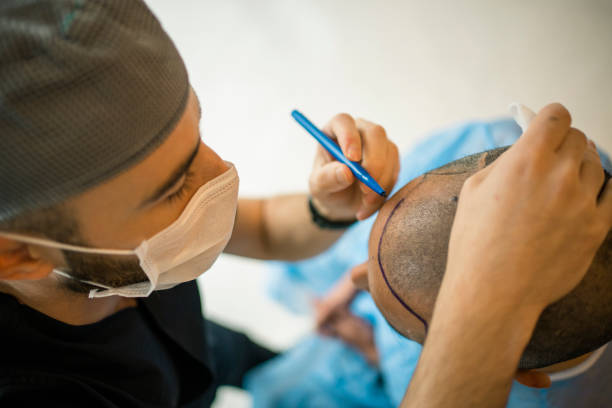Understanding Hair Transplant Costs: Key Factors to Consider
Hair transplants have gained immense popularity as an effective solution for hair loss, but many potential patients often find themselves asking why the costs vary so much. Understanding the factors that influence these costs is essential for making an informed decision.

The method of hair transplantation plays a significant role in cost. The two most common techniques are Follicular Unit Extraction (FUE) and Follicular Unit Transplantation (FUT). FUE involves extracting individual hair follicles from a donor area and transplanting them to the thinning or balding areas. This technique is less invasive and often results in minimal scarring, but it can be more time-consuming and labor-intensive, leading to higher costs. In contrast, FUT involves removing a strip of scalp from the donor area, which is then divided into individual follicles for transplantation. While this method can be less expensive, it may leave a linear scar. Choosing the technique that best suits your needs can significantly impact the overall cost of the procedure.
Where you choose to have your hair transplant also influences the price. Major cities and regions with a high cost of living tend to have higher prices for medical procedures. Conversely, clinics in smaller towns or countries with lower living costs may offer more affordable options without compromising quality. It’s essential to balance cost with the reputation and credentials of the clinic, regardless of location.
The expertise of the surgeon performing the hair transplant is another crucial factor. Highly experienced and well-regarded surgeons may charge more due to their skills and successful track records. Investing in a reputable surgeon can ensure the best possible results. Researching reviews and before-and-after photos can help gauge a surgeon’s capabilities.
The number of hair grafts you need will significantly affect the total cost. During your initial consultation, the surgeon will assess your hair loss and determine how many grafts are necessary to achieve the desired results. On average, hair transplants can cost between $3,000 to $15,000, depending on the number of grafts required.
The quality of the facility where the procedure is performed can also impact costs. State-of-the-art clinics that use advanced technology and adhere to strict hygiene standards may charge more. Investing in a facility that prioritizes patient safety and comfort can lead to better overall experiences and results.
It’s also important to consider additional costs that may arise. Pre-surgery consultations, post-operative medications, and follow-up visits can add to the overall expense. Some clinics may offer financing options or package deals that include various services, making it easier to manage costs.
If you opt for a hair transplant abroad, which is a popular choice for many seeking more affordable options, you should factor in travel and accommodation expenses. While the procedure itself may be cheaper, these additional costs can add up quickly.
Understanding the factors that influence hair transplant costs can empower you to make informed decisions. While it’s tempting to choose the lowest-priced option, prioritizing quality and expertise will ultimately lead to better outcomes. A hair transplant is a long-term investment in your appearance and confidence, so take your time to research and choose a reputable clinic that meets your needs and budget.